
March 19, 2020
晉太元中武陵人捕魚為業。緣溪行﹐忘路之遠近。忽逢 桃花林﹐夾岸數百步中無雜樹﹐芳華鮮美落英繽紛。漁 人甚異之。復前行欲窮其林。林盡水源便得一山。山有 小口仿佛若有光。便捨船從口入。初極狹纔通人。復行 數十步豁然開朗。土地平礦屋舍儼然。有良田美池桑竹 之屬。阡陌交通雞犬相聞。其中往來種作。男女衣著悉 如外人。黃髮垂髫並怡然自樂。見漁人乃大驚問所從來。 具答之。便要還家為設酒殺雞作食。村中聞有此人咸來 問訊。自云先世避秦時亂率妻子邑人。來此絕境不復出 焉。遂與外人間隔。問今是何世乃不知有漢無論魏晉。 此人一一為具言所聞皆歎惋。餘人各復延至其家皆出酒 食。停數日辭去。此中人語云不足為外人道也。既出得 其船便扶向路處處誌之。及郡下詣太守說如此。太守即 遣人隨其往。尋向所誌遂迷不復得路。南陽劉子驥高尚 士也。聞之欣然規往未果尋病終。後遂無問津者。
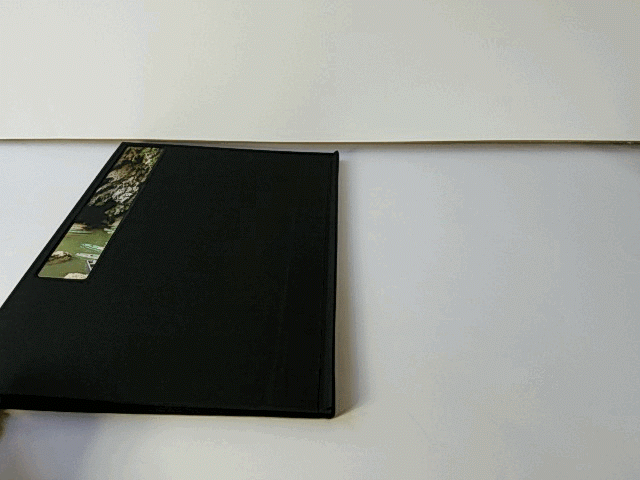
Translation
During the Taiyuan era [2] of the Jin Dynasty [3] there was a man of Wuling [4] who made his living as a fisherman. Once while following a stream he forgot how far he had gone. He suddenly came to a grove of blossoming peach trees. It lined both banks for several hundred paces and included not a single other kind of tree. Petals of the dazzling and fragrant blossoms were falling everywhere in profusion. Thinking this place highly unusual, the fisherman advanced once again in wanting to see how far it went.
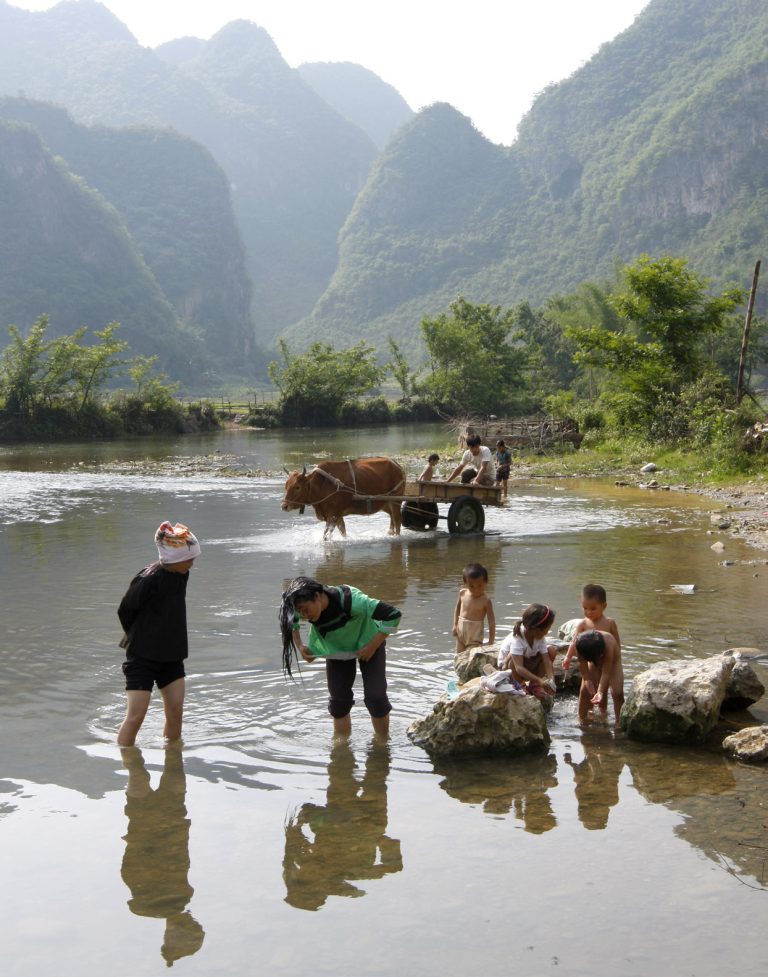
The peach trees stopped at the stream’s source, where the fisherman came to a mountain with a small opening through which it seemed he could see light. Leaving his boat, he entered the opening. At first, it was so narrow that he could barely pass, but after advancing a short distance it suddenly opened up to reveal a broad, flat area with imposing houses, good fields, beautiful ponds, mulberry trees, bamboo, and the like.
The fisherman saw paths extending among the fields in all directions, and could hear the sounds of chickens and dogs. Men and women working in the fields all wore clothing that looked like that of foreign lands. The elderly and children all seemed to be happy and enjoying themselves.
The people were amazed to see the fisherman, and they asked him from where he had come. He told them in detail, then the people invited him to their home, set out wine, butchered a chicken[5], and prepared a meal. Other villagers heard about the fisherman, and they all came to ask him questions. Then the villagers told him, “To avoid the chaos of war during the Qin Dynasty[6], our ancestors brought their families and villagers to this isolated place and never left it, so we’ve had no contact with the outside world.” They asked the fisherman what the present reign was. They were not even aware of the Han Dynasty[7], let alone the Wei[8] and Jin. The fisherman told them everything he knew in great detail, and the villagers were amazed and heaved sighs. Then other villagers also invited the fisherman to their homes, where they gave him food and drink. After several days there, the fisherman bid farewell, at which time some villagers told him, “It’s not worth telling people on the outside about us.”[9]
The fisherman exited through the opening, found his boat, and retraced his route while leaving markers to find this place again. Upon his arrival at the prefecture town he went to the prefect and told him what had happened. The prefect immediately sent a person to follow the fisherman and look for the trail markers, but they got lost and never found the way. Liu Ziji [10] of Nanyang [11] was a person of noble character. When he heard this story he was happy and planned to visit the Shangri-la, but he died of illness before he could accomplish it. After that, no one else ever looked for the place.
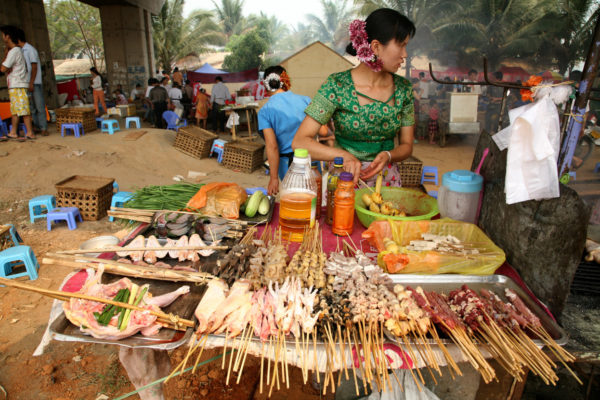
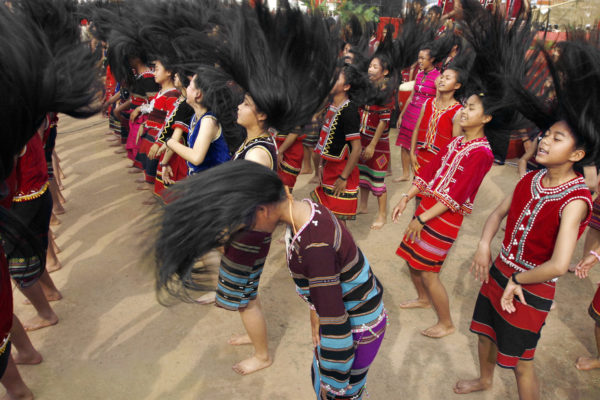
Pop-up books date back to the 12th century when mystics, philosophers, astronomers, mathematicians, and physicians created movable books to illustrate, in three dimensions, complex ideas, and scientific discoveries.
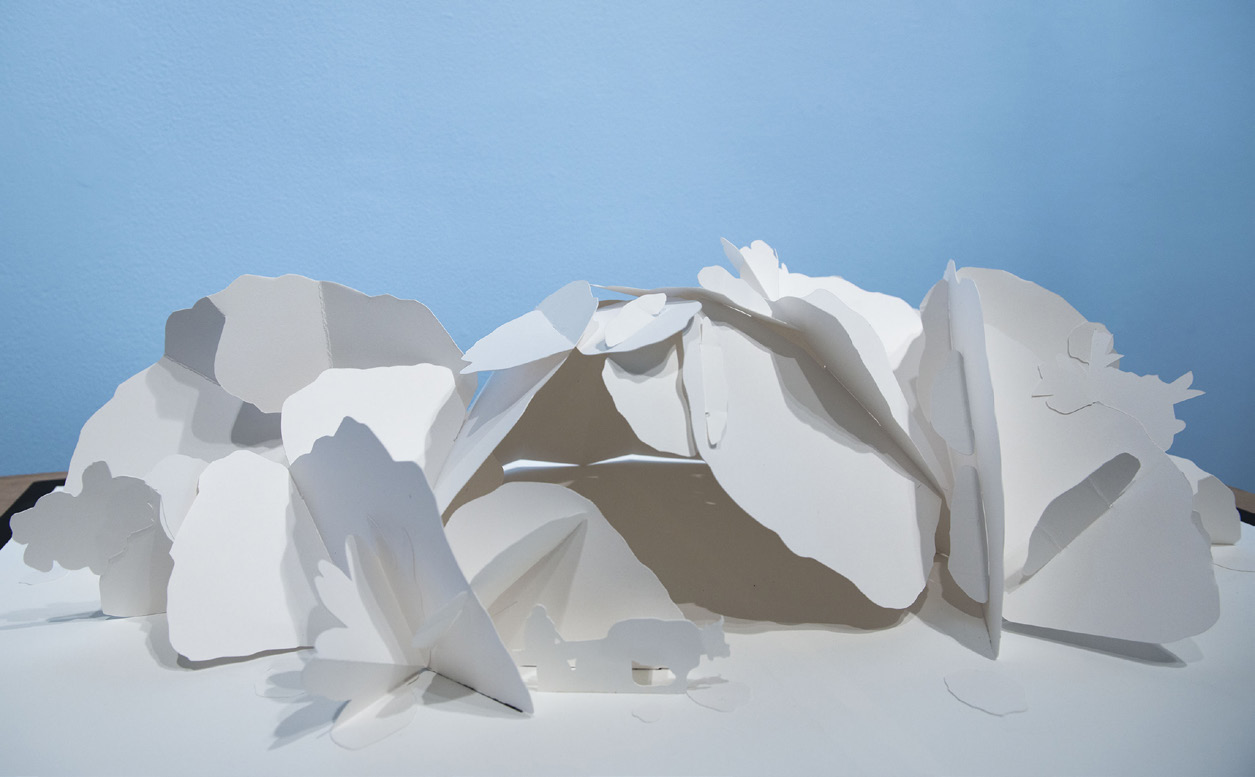
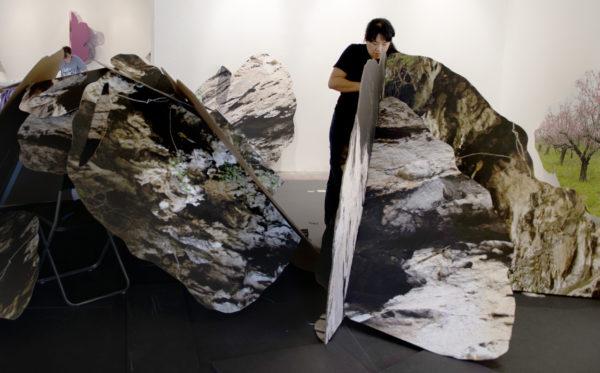
These ancient movable books use volvelles (concentric rotating disks), transformations (images made with vertical slats that transform from one scene to another when a tab is pulled), and flaps (layers that reveal complex illustrations). The early pop-up books were scholarly and intended for adults, but by the 18th century, artists and publishers created moveable books to entertain. This long history inspires my own books. By creating movable, three-dimensional constructions with my photographs, I tell stories that charm both children and adults and can act as a bridge between cultures and art forms.
I am creating the world’s largest pop-up book, Tao Hua Yuan Ji, to amplify my ideas. I am a quiet person and prefer not to words to express myself. The big book, even in its absurdity, can do the talking for me. Tao Hua Yuan Ji allows visitors to immerse themselves and play in one of my pop-up stories.
I was born in North Brunswick, New Jersey to Chinese parents who immigrated to the United States in the late 1950s to study. After my college graduation in 1994, I traveled to my mother’s birthplace in Yunnan, China’s most southwestern province, to teach English. With snow-capped mountains to the Northwest and tropical rainforests to the South, Yunnan is rich in natural resources and has the largest diversity of plant life in China.
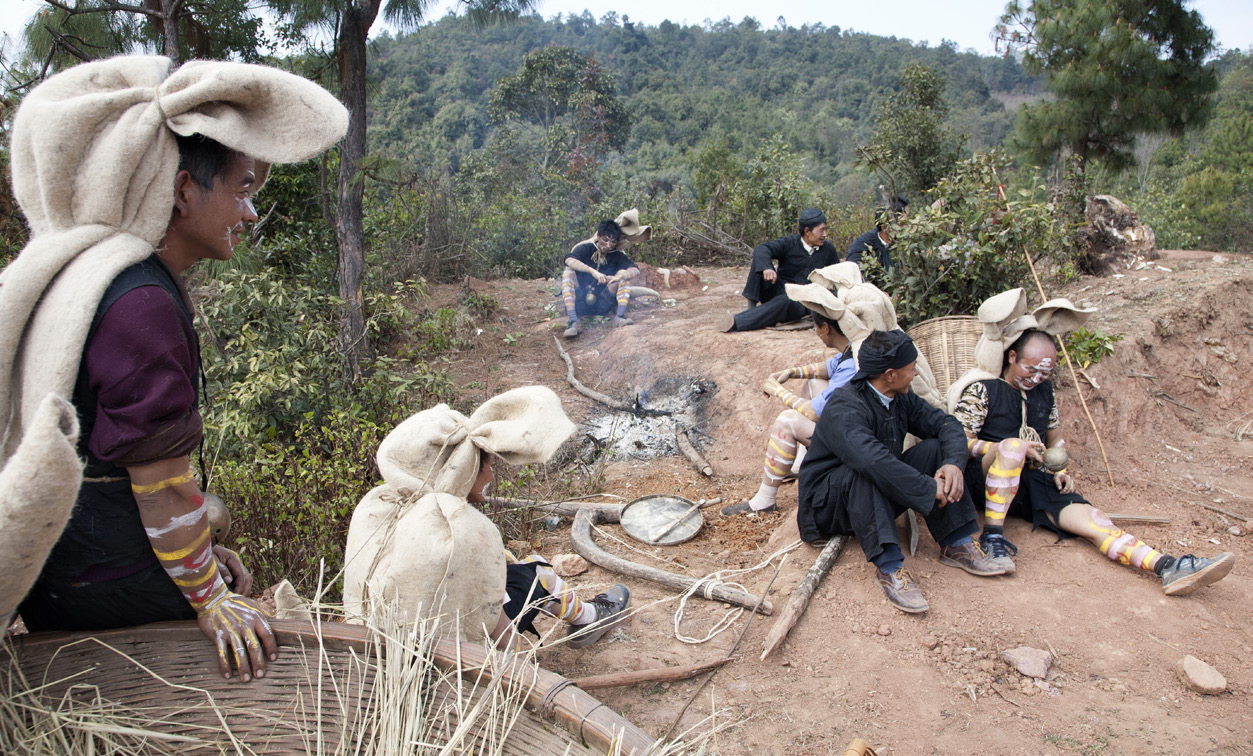
While in Yunnan I discovered that my great-grandfather had not only helped establish the university where I was teaching, but was a member of the powerful black Yi tribe, and governor and general of Yunnan during the transitional years of WWII. Despite the fact that less than 9% of China’s population resides in Yunnan, the peninsula is home to 25 of China’s 55 minority tribes. Many Chinese people are unaware of Yunnan’s cultural richness. My experiences during my three years in Yunnan helped me find a new sense of pride and identity and encouraged me to pursue a profession as a photographer and artist.
Tao Hua Yuan Ji illustrates a story written by Tao Yuanming, an Eastern Jin Dynasty (317–420) poet. He wrote of an isolated Peach Blossom Valley where people lived an ideal, harmonic life with nature and each other. The valley was a refuge for people escaping political unrest and national discord. The story tells of a fisherman who haphazardly came upon the valley and was treated generously by the villagers. Though the villagers asked the fisherman to keep the valley a secret, he vainly marked his path and divulged the existence of this idyllic haven to others. They tried to find it repeatedly but in vain.
For centuries, Chinese people regarded this utopian valley as imaginary, but my travels to Yunnan Province in 2008 took me to a village surrounded by peach trees beyond a cave. The people I met claim that their home is the valley that Yuanming wrote about.
I have not told anyone how to get there.
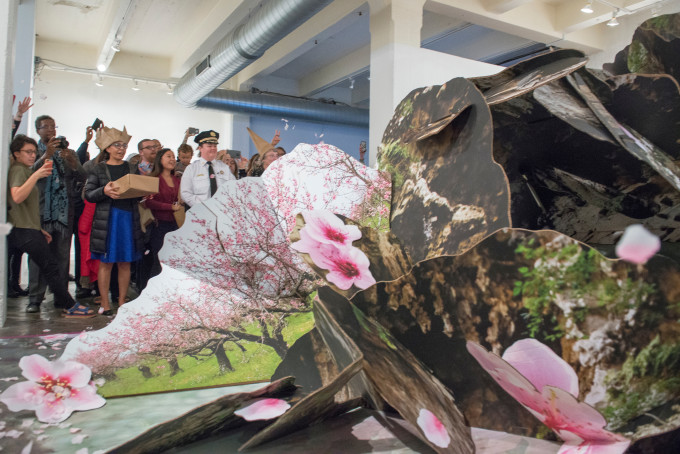
The above translation by Rick Davis (Japan) with help from David Steelman (Taiwan), is based on the SiKuQuanShu text with editorial emendations and punctuation by the translators.
Translator’s Notes.
[1] Chinese nature poet, c. 365-427. This prose story is one of the poet’s most well-known works.
[2] 376-396 A.D.
[3] 265-420 A.D.(actually two sequential dynasties, the “Western” and the “Eastern”).
[4] A place in present-day Hunan Province.
[5] A stock phrase meaning to lavishly entertain a guest.
[6] 221-206 B.C.
[7]206 B.C.to A.D.220.
[8] A.D. 220–265
[9] The villagers would just as soon keep their existence secret.
[10] A retired scholar of the Jin Dynasty.
[11] A place in present day Hunan Province.